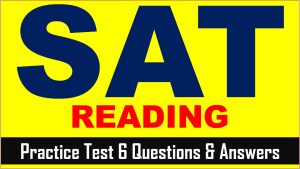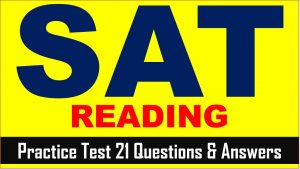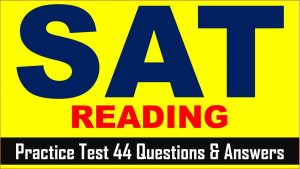SAT (Scholastic Assessment Test) is a standard test, used for taking admission to undergraduate programs of universities or colleges of the United States. SAT is developed and published by the College Board, an organization in the United States, administered by the Educational Testing Service. In this article of AKVTutorials, you will get Princeton Review SAT Course Book Review | Practice Test 27 AMBiPi.
Princeton Review SAT Course Book Review
The Princeton Review for SAT Premium Book review is given in the article Click Here.
Check Price On Amazon
SAT Reading Practice Passage
This passage is adapted from Stephen Coleman, Scott Anthony, and David E. Morrison, “Public Trust in the News.” ©2009 by Stephen Coleman.
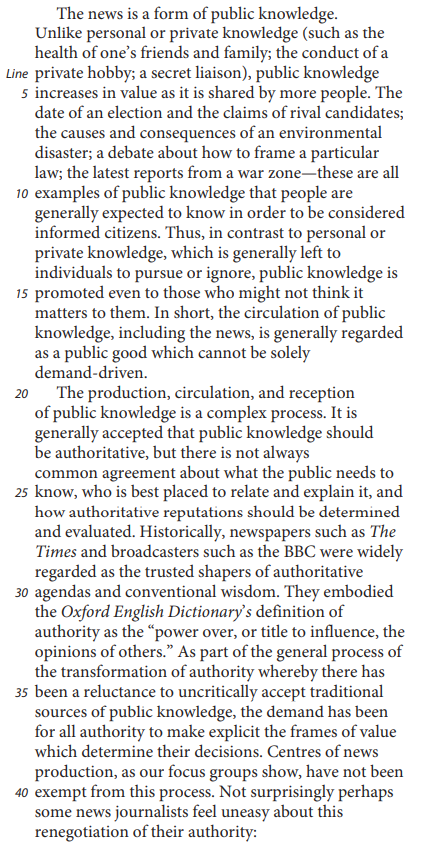
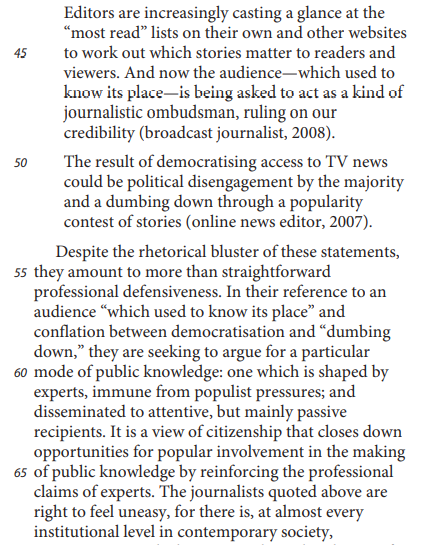
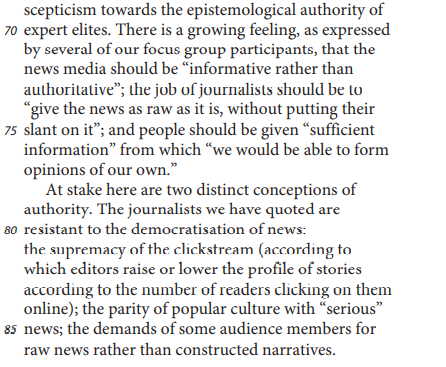
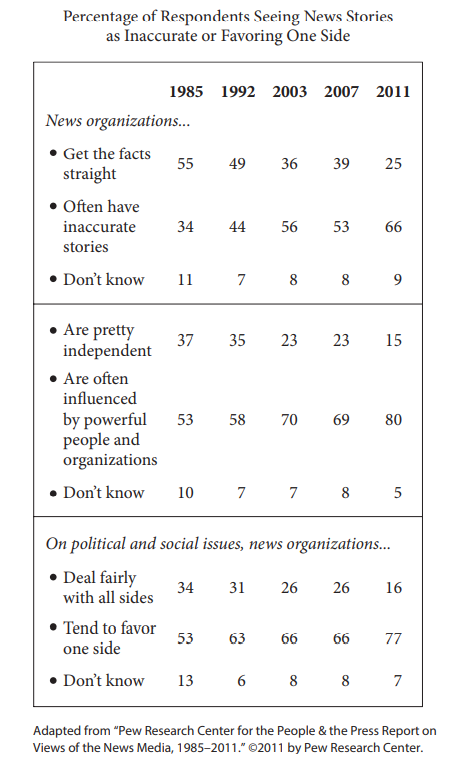
SAT Reading Comprehension Practice Test Questions
SAT Practice Test 27 Question No 1
The main purpose of the passage is to
Option A: analyze the technological developments that have affected the production, circulation, and reception of news stories.
Option B: discuss changes in the perception of the news media as a source of public knowledge.
Option C: show how journalists’ frames of value influence the production of news stories.
Option D: challenge the conventional view that news is a form of public knowledge.
SAT Practice Test 27 Answer No 1
Show/Hide Answer
Option B :
The passage states that historically, “newspapers such as The Times and broadcasters such as the BBC were widely regarded as the trusted shapers of authoritative agendas and conventional wisdom” (lines 27-30). But it goes on to say that “there is a growing feeling . . . that the news media should be ‘informative rather than authoritative’” (lines 70-73). Together these lines indicate the main purpose of the passage, which is to discuss how people’s perception of the news media is changing from its being an authoritative voice to simply an informative one.
Choice A is incorrect because the passage deals with changes in the way news is perceived but do not primarily focus on the technological changes that may have resulted in those or other changes. Choice C is incorrect because even if the passage implies that viewers might increasingly believe a journalist’s values can affect the news stories being produced, it does not provide specific examples of that happening. Choice D is incorrect because the passage begins with the simple sentence “The news is a form of public knowledge” (line 1) and makes no attempt to refute that claim.
SAT Practice Test 27 Question No 2
According to the passage, which expectation do traditional authorities now face?
Option A: They should be uninfluenced by commercial considerations.
Option B: They should be committed to bringing about positive social change.
Option C: They should be respectful of the difference between public and private knowledge.
Option D: They should be transparent about their beliefs and assumptions.
SAT Practice Test 27 Answer No 2
Show/Hide Answer
Option D :
Although the passage initially states that traditional news authorities were once implicitly “trusted” (line 29) regarding the content they produced, it goes on to note that “as part of the general process of the transformation of authority . . . the demand has been for all authority to make explicit the frames of value which determine their decisions” (lines 33-38). The modern audience, in other words, wants to hear not only the stories a news organization produces but also the values that form the foundation of that organization’s beliefs.
Choices A, B, and C are incorrect because lines 33-38 make clear that the expectation traditional authorities now face is the need to “make explicit the frames of value which determine their decisions,” not that they shouldn’t be affected by commercial interests (choice A), that they should work for the common good (choice B), or that they should consider the context of public versus private knowledge (choice C).
SAT Practice Test 27 Question No 3
Which choice provides the best evidence for the answer to the previous question?
Option A: Lines 2-5 (“Unlike… people”)
Option B: Lines 20-21 (“The production… process”)
Option C: Lines 33-38 (“As part… decisions”)
Option D: Lines 43-46 (“Editors… viewers”)
SAT Practice Test 27 Answer No 3
Show/Hide Answer
Option C :
The previous question asks what expectation traditional authorities now face, with the answer being that they must make their perspectives or beliefs clear to the audience. This is supported in lines 33-38: “As part of the general process of the transformation of authority . . . the demand has been for all authority to make explicit the frames of value which determine their decisions.”
Choices A, B, and D are incorrect because the lines cited do not support the answer to the previous question about what expectation traditional authorities now face, instead contrasting private and public knowledge (choice A), explaining the complexity of news dissemination (choice B), and providing one way news has changed in modern times (choice D).
SAT Practice Test 27 Question No 4
As used in line 24, “common” most nearly means
Option A: numerous.
Option B: familiar.
Option C: widespread.
Option D: ordinary.
SAT Practice Test 27 Answer No 4
Show/Hide Answer
Option C :
In lines 23-25, the passage states that “there is not always common agreement about what the public needs to know.” In this context, a “common” agreement is a widespread one shared by many people.
Choices A, B, and D are incorrect because in the context of something shared by many people, the word “common” implies that it is widespread, not that it is plentiful or abundant (choice A), recognizable to others (choice B), or normal (choice D).
SAT Practice Test 27 Question No 5
The authors most likely include the extended quotations in lines 43-53 to
Option A: present contradictory examples.
Option B: cite representative opinions.
Option C: criticize typical viewpoints.
Option D: suggest viable alternatives.
SAT Practice Test 27 Answer No 5
Show/Hide Answer
Option B :
Two quotes are provided in lines 43-53, one highlighting the way editors work differently in modern times due to the demands of the audience and one offering an opinion about the perceived negative effects of that new reality of news. Those extended quotations were added by the authors most likely because they provide concrete examples of how some journalists feel about modern news dissemination.
Choice A is incorrect because the two quotations provided in lines 43-53 are not contradictory: the first offers a description of how news editors work differently in modern times, and the second describes how certain changes might affect news stories or the audience. Choices C and D are incorrect because the two quotations illustrate how some feel about the way the dissemination of news might be changing and are not used to either criticize or make suggestions.
SAT Practice Test 27 Question No 6
The authors indicate that the public is coming to believe that journalists’ reports should avoid
Option A: personal judgments about the events reported.
Option B: more information than is absolutely necessary.
Option C: quotations from authorities on the subject matter.
Option D: details that the subjects ofnews reports wish to keep private.
SAT Practice Test 27 Answer No 6
Show/Hide Answer
Option A :
The passage explains that although the major news organizations were once considered “trusted shapers” (line 29) of public knowledge, that perception is changing due to the “growing feeling . . . that the news media should be ‘informative rather than authoritative’; the job of journalists should be to ‘give the news as raw as it is, without putting their slant on it’; and people should be given ‘sufficient information’ from which ‘we would be able to form opinions of our own’” (lines 70-77). In other words, the audience now wants raw facts about the world, not facts constructed in support of a certain opinion.
Choice B is incorrect because the passage presents the public as wanting information without any slant on it, not as wanting only a limited amount of information. Choices C and D are incorrect because the passage does not specifically identify the public’s feelings about including quotations from authorities in news stories or how they would want journalists to handle private details that the subjects of news stories do not want revealed.
SAT Practice Test 27 Question No 7
Which choice provides the best evidence for the answer to the previous question?
Option A: Lines 12-16 (“Thus… them”)
Option B: Lines 30-33 (“They… others”)
Option C: Lines 40-42 (“Not surprisingly… authority”)
Option D: Lines 70-77 (“There… own”)
SAT Practice Test 27 Answer No 7
Show/Hide Answer
Option D :
The previous question asks what the public is beginning to believe should be avoided in news stories, with the answer being the personal opinions or feelings of journalists. This is supported in lines 70-77: “There is a growing feeling . . . that the news media should be ‘informative rather than authoritative’; the job of journalists should be to ‘give the news as raw as it is, without putting their slant on it’; and people should be given ‘sufficient information’ from which ‘we would be able to form opinions of our own.”
Choices A, B, and C are incorrect because the lines cited do not support the answer that the modern public wants journalists to avoid personal judgments when telling news stories, instead contrasting personal or private knowledge with public knowledge (choice A), characterizing how trusted broadcasters were once viewed (choice B), and explaining how some professional journalists feel about the new reality of the news (choice C).
SAT Practice Test 27 Question No 8
As used in line 74, “raw” most nearly means
Option A: unfiltered.
Option B: exposed.
Option C: harsh.
Option D: inexperienced.
SAT Practice Test 27 Answer No 8
Show/Hide Answer
Option A :
In lines 73-75, the passage states the modern belief that “the job of journalists should be to ‘give the news as raw as it is, without putting their slant on it.’” In this context, the word “raw” means unfiltered or in its most basic state.
Choices B, C, and D are incorrect because in the context of news without any “slant on it,” the word “raw” implies something unfiltered, not something unprotected or uncovered (choice B), severe (choice C), or untried or unproven (choice D).
SAT Practice Test 27 Question No 9
Based on the table, in which year were people the most trusting of the news media?
Option A: 1985
Option B: 1992
Option C: 2003
Option D: 2011
SAT Practice Test 27 Answer No 9
Show/Hide Answer
Option A :
The table shows that in 1985, 55% of respondents believed news organizations “get the facts straight,” which was the highest percentage for that choice for any of the years provided.
Choices B, C, and D are incorrect because the table shows that the percentage of respondents who believed news organizations “get the facts straight” was smaller in 1992 (49%), 2003 (36%), and 2011 (25%) than in 1985 (55%).
SAT Practice Test 27 Question No 10
Which statement is best supported by information presented in the table?
Option A: Between 1985 and 2011, the proportion of inaccurate news stories rose dramatically.
Option B: Between 1992 and 2003, the proportion of people who believed that news organizations were biased almost doubled.
Option C: Between 2003 and 2007, people’s views of the accuracy, independence, and fairness ofnews organizations changed very little.
Option D: Between 2007 and 2011, people’s perception that news organizations are accurate increased, but people’s perception that news organizations are fair diminished.
SAT Practice Test 27 Answer No 10
Show/Hide Answer
Option C :
The table shows that from 2003 to 2007, the percentage of people who believed news organizations “get the facts straight” rose only minimally, from 36 to 39%, while their perception of the independence and fairness of those organizations changed not at all, remaining at 23% and 26%, respectively.
Choice A is incorrect because the table indicates viewers’ perceptions of the accuracy of news organizations but does not identify how many inaccurate news stories there were in any of the years listed. Choice B is incorrect because the number of people who believe news organizations “tend to favor one side” did not double between 1992 and 2003, rising only from 63% to 66%. Choice D is incorrect because the table shows that between 2007 and 2011, people’s perception of the accuracy of news organizations decreased rather than increased, dropping from 39% to 25%.
The Princeton Review for SAT Premium Book review is given in the article Click Here.
Check Price On Amazon


